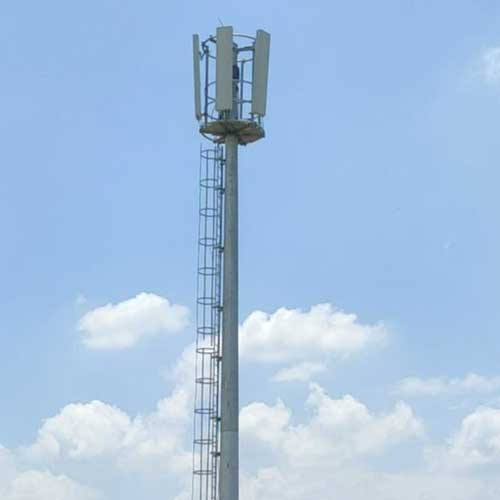For India’s first RRTS, NCRTC has implemented European Train Control System (ETCS) Level 2 which includes Automatic Train Protection (ATP), Automatic Train Operation (ATO), and Automatic Train Supervision (ATS) sub-systems using radio communication between track side and train. ETCS Level 2 signaling is being used for the first time in India, which involves continuous supervision of train movement with continuous communication between the train and trackside. Lineside signals are optional and train detection is performed by trackside equipment. ATP, ATO, and ATS provides high level of safety for trains running at close headway to ensure continuous and safe separation, eliminates accidents due to driver error, maintains safe speeds, optimizes speed, maximizes turn-around, and monitors trackside & train-borne equipment to enable on-time preventive maintenance. ETCS Level 2 system will allow interoperability among different RRTS corridors. Automatic Train Operations (ATO) system, which controls the traction system, helps in acceleration, braking or stopping of trains resulting in easy driving. This technology also syncs Platform Screen Doors with the RRTS for enhanced safety of passengers.
Long Term Evolution (LTE). It fulfils the data rate and latency requirements of ETCS Signalling System and incorporates the Critical requirements of a reliable voice communication system. The following points summarise the advantage of LTE over other technologies
- LTE supports high speeds of up to 300 Kmph.
- MCX specifications support all railway related communication requirements.
- LTE can cater to requirements of ETCS Data, ATO Data and Mission Critical Services including Voice (MCPTT), Data.
- LTE system can be upgraded to 5G in future
- LTE offers very low latency







